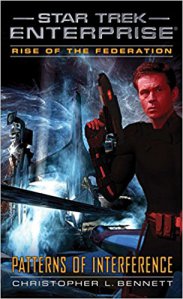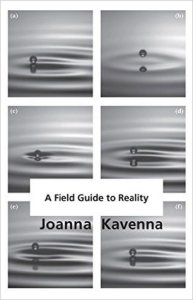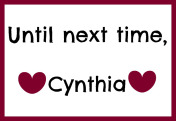 Obvious benefits of a media tie-in novel are the lack of production value constraints. This means authors are free to make use of a vast array of characters and create new planets beyond the typical constrictions of special effects. Bennett has capitalized on these abilities to great extent, especially writing a familiar cast of characters no longer centered on a single starship. He brings the crew of the original Enterprise to life as they continue their lives beyond the course of the television series, both separately and yet still inextricably linked. He also expands beyond the names on the title cards to create reader bonds to both new and unique characters and those with some familiar names, such as Kirk and Paris.
Obvious benefits of a media tie-in novel are the lack of production value constraints. This means authors are free to make use of a vast array of characters and create new planets beyond the typical constrictions of special effects. Bennett has capitalized on these abilities to great extent, especially writing a familiar cast of characters no longer centered on a single starship. He brings the crew of the original Enterprise to life as they continue their lives beyond the course of the television series, both separately and yet still inextricably linked. He also expands beyond the names on the title cards to create reader bonds to both new and unique characters and those with some familiar names, such as Kirk and Paris.
In addition, the unique planets of “Sauria” and Birnam come alive on the page. In both cases, the environments and life-forms (sentient or otherwise) aren’t reduced to what the special effects team of a network television show could afford. Sauria would not be as well-developed without the specific details revealed about the world and its varied inhabitants (extra points especially given to the author for breaking beyond the SF stereotype of a planet with a monoculture). And Birnam on screen might be a CGI nightmare instead of the fantasy-inspired magical landscape filled with unique bioforms.
The downside to such a sprawling cast of characters is that the reader is constantly bounced between story lines. For the most part, our familiar favorites are given solid arcs of growth and development, but there are a few cases where representation seems to exist solely to support a later plot twist.
Conversely to that critique, however, is the acknowledgement that must be made of the very deliberate way Bennett has structured this series, with side plots in previous books growing to major events in later installments. It could be very easy to be irritated that T’Pol and Sato’s contributions to this novel were inspecting a random planet and having relationship angst (both in their own unique ways), but I find myself hoping that the events on Birnam spawn another fantastic narrative in a future book (especially if it means yet a closer look at Space Boomer culture as it conflicts with the growth of the Federation and the corresponding increased presence and role of Starfleet in previously “Boomer” domains).
Finally, a hat-tip must be made to the deft way Bennett has written a major villain of this novel, the despotic Maltuvis. His character progression began years ago, in real time, based on the way novels are written and published, but the author has managed to weave relevant real-world parallels into the character and his actions without making him seem too obvious a caricature or beating the reader over the head with an overt political viewpoint.
Though I read the first four novels in the Rise of the Federation sequence in quick succession almost two years ago, I quickly fell back into this particular slice of Star Trek “history” and I can’t wait to see where things go from here.
Rating: 4 (out of 5) stars. Cross-posted to Amazon and Goodreads.
Advertisements Share this:




